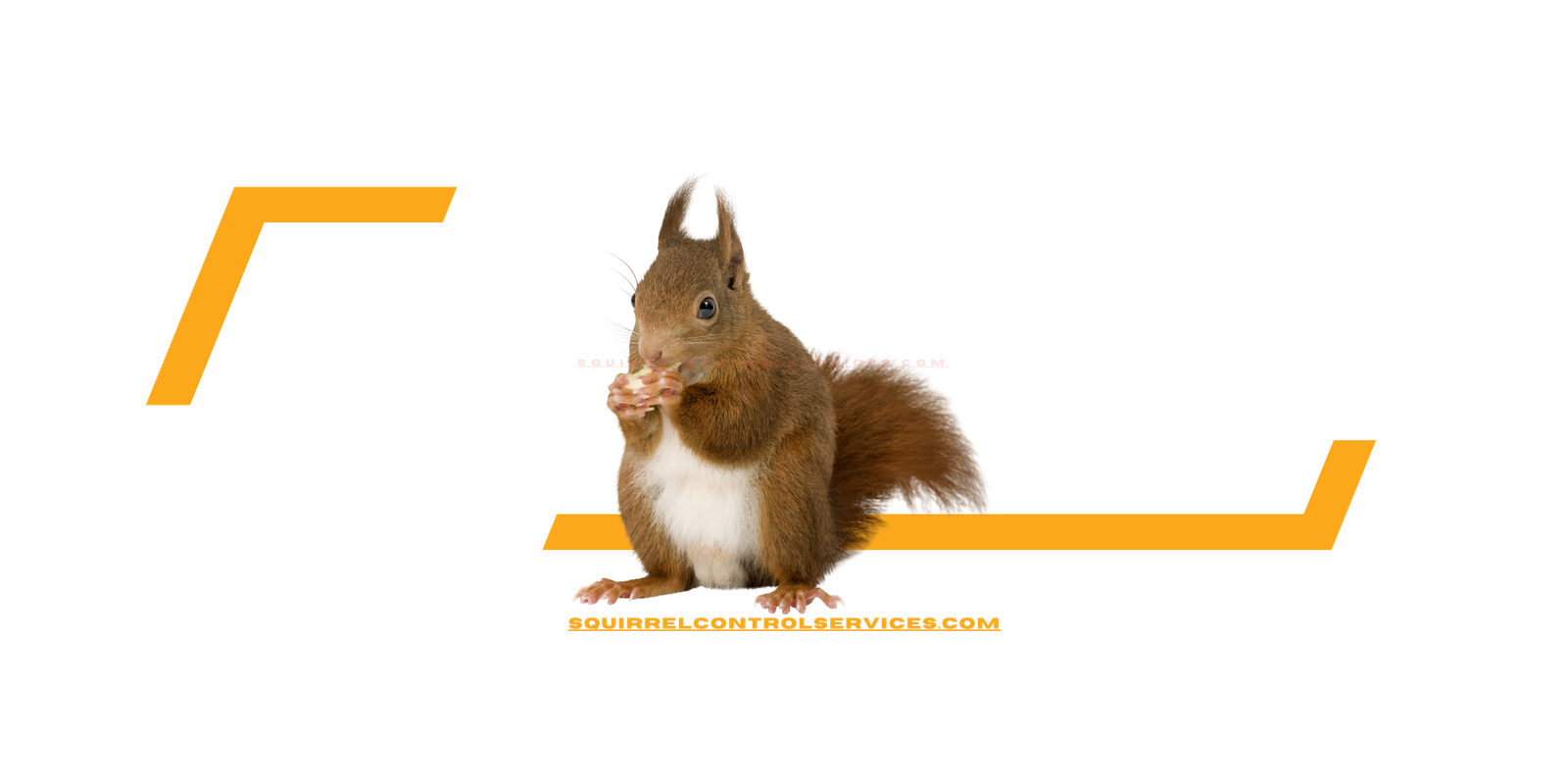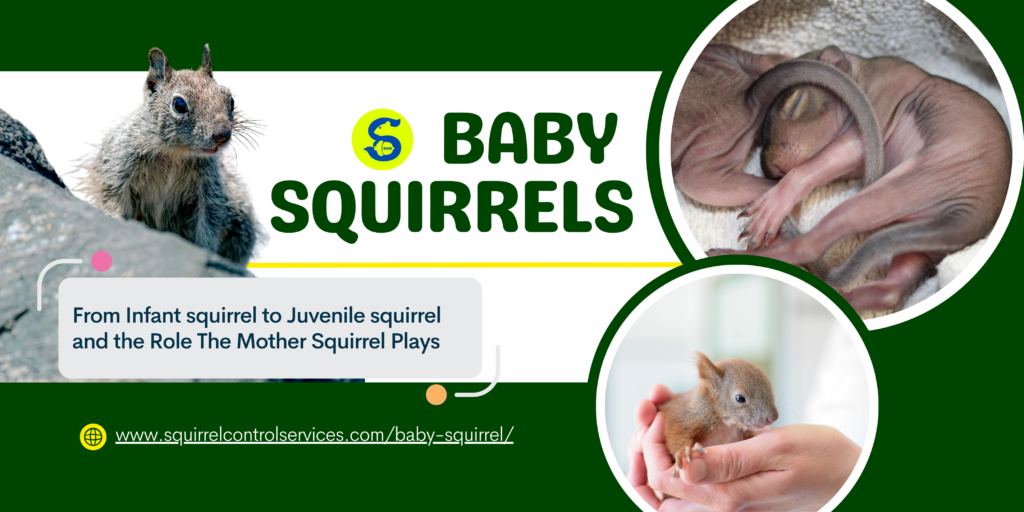Squirrel Pregnancy: Duration, Signs, and What To Do If They Give Birth In Your Attic
Squirrels are fascinating creatures, known for their agility, curiosity, and the role they play in our ecosystem. Understanding the reproductive cycle of squirrels is crucial, particularly when dealing with potential infestations or observing them in the wild. In this article, we will delve into the duration of squirrel pregnancies, the signs to look out for, and how these cycles affect their behavior.
The Duration of Squirrel Pregnancy
- Squirrel Mating: Gestation Period of 38-44 Days
- Gestation Period: Signs of Pregnancy
- Signs of Pregnancy: Nesting Behaviour
- Signs of Pregnancy: Reduced Mobility
- Signs of Pregnancy: Swollen Abdomen
- Gestation Period: Birth of Kits (2-5)
- Birth of Kits: Post-Birth Care
- Post-Birth Care: Kits Development
- Baby Squirrel Kits Development: Weaning at 8-10 Weeks
- Weaning: Independent Squirrels
Squirrels, like many mammals, have a well-defined reproductive cycle. The gestation period of a squirrel typically lasts between 38 to 44 days. This period can vary slightly depending on the species, environmental factors, and the health of the squirrel.
Eastern Gray Squirrels and Fox Squirrels: A Closer Look
For species commonly found in North America, such as the Eastern Gray Squirrel (Sciurus carolinensis) and the Fox Squirrel (Sciurus niger), the gestation period is usually around 44 days. These species are among the most studied, and their reproductive cycles are well-documented. During this time, the female squirrel prepares extensively for the arrival of her young, seeking out or building a secure nest known as a drey.
Squirrel Breeding Seasons: When Does It Happen?
Squirrels typically have two breeding seasons each year. The first occurs in late winter, around January to February, and the second during the late spring to early summer, from May to June. During these times, you may notice increased activity among squirrels as they search for mates and prepare for the breeding process.
Signs of Squirrel Pregnancy
Recognizing the signs of pregnancy in squirrels can be difficult, especially for the untrained eye. However, there are a few key indicators that suggest a female squirrel is expecting:
- Increased Nesting Behaviour: Pregnant squirrels will often begin to gather materials like leaves, twigs, and other soft items to create a comfortable nest. This behavior intensifies as the pregnancy progresses.
- Reduced Mobility: As the pregnancy advances, the female squirrel may become less active, conserving energy for the impending birth.
- Swollen Abdomen: In the later stages of pregnancy, the squirrel’s abdomen may appear noticeably swollen.
The Birth Process: What Happens Next?
Once the gestation period is complete, the female squirrel will give birth to a litter of typically 2 to 5 kits. These young squirrels are born hairless, blind, and entirely dependent on their mother. The first few weeks are critical for their survival as the mother provides warmth, protection, and nourishment.
Post-Birth Baby Squirrel Care and Development
After birth, the mother squirrel remains highly protective of her young, rarely leaving the nest except to find food. The kits will begin to grow fur within the first couple of weeks and will open their eyes around 28 to 35 days after birth. Weaning occurs at around 8 to 10 weeks, after which the young squirrels will start to explore their surroundings and eventually leave the nest.
Impact of Squirrel Reproduction on Human Habitats
Squirrel reproduction cycles can have significant implications for homeowners, particularly during the breeding seasons. Pregnant squirrels may seek out attics, chimneys, or other sheltered areas within homes to build their nests. This can lead to issues such as:
- Property Damage: Squirrels may chew through wiring, insulation, and wooden structures, causing significant damage.
- Noise and Disturbance: The presence of a nest can lead to increased noise levels as the mother and kits move around.
- Health Risks: Squirrels can carry parasites and diseases that pose risks to human health.
Humane Squirrel Control Measures
To mitigate the risks associated with squirrel pregnancies in or near human dwellings, it is essential to implement humane control measures. This can include:
- Regular Inspections: Checking attics, basements, and other potential nesting sites regularly, especially during breeding seasons.
- Sealing Entry Points: Ensuring that all possible entry points, such as vents and chimneys, are securely sealed to prevent squirrels from entering.
- Professional Removal Services: If a squirrel has already nested within your home, it is advisable to contact a professional wildlife control service that specializes in humane removal and relocation.
Baby Squirrel Timeline
- Squirrel Mating: Gestation Period of 38-44 Days
- Gestation Period: Signs of Pregnancy
- Signs of Pregnancy: Nesting Behaviour
- Signs of Pregnancy: Reduced Mobility
- Signs of Pregnancy: Swollen Abdomen
- Gestation Period: Birth of Kits (2-5)
- Birth of Kits: Post-Birth Care
- Post-Birth Care: Kits Development
- Baby Squirrel Kits Development: Weaning at 8-10 Weeks
- Weaning: Independent Squirrels
Conclusion
Understanding the reproductive cycle of squirrels provides valuable insights into their behavior and the potential impact on human habitats. By recognizing the signs of pregnancy and taking proactive measures, we can coexist with these creatures while minimizing the risks they pose. If you suspect a squirrel has nested in your home, it is crucial to act swiftly and humanely to ensure both the safety of the animals and the integrity of your property.



